17 Free Indoor Comfort transparent PNG images
Discover our curated collection of 17 free AI-generated images centered around Indoor Comfort. Browse through an extensive variety of stock photos, 3D objects, vectors, and illustrations showcasing cozy interiors, ergonomic furniture, and atmospheric lighting designs. Each high-resolution image is available for free download, and you can utilize our innovative 'open in editor' feature on the image detail page to fine-tune the prompt and regenerate images that perfectly match your vision of comfort.
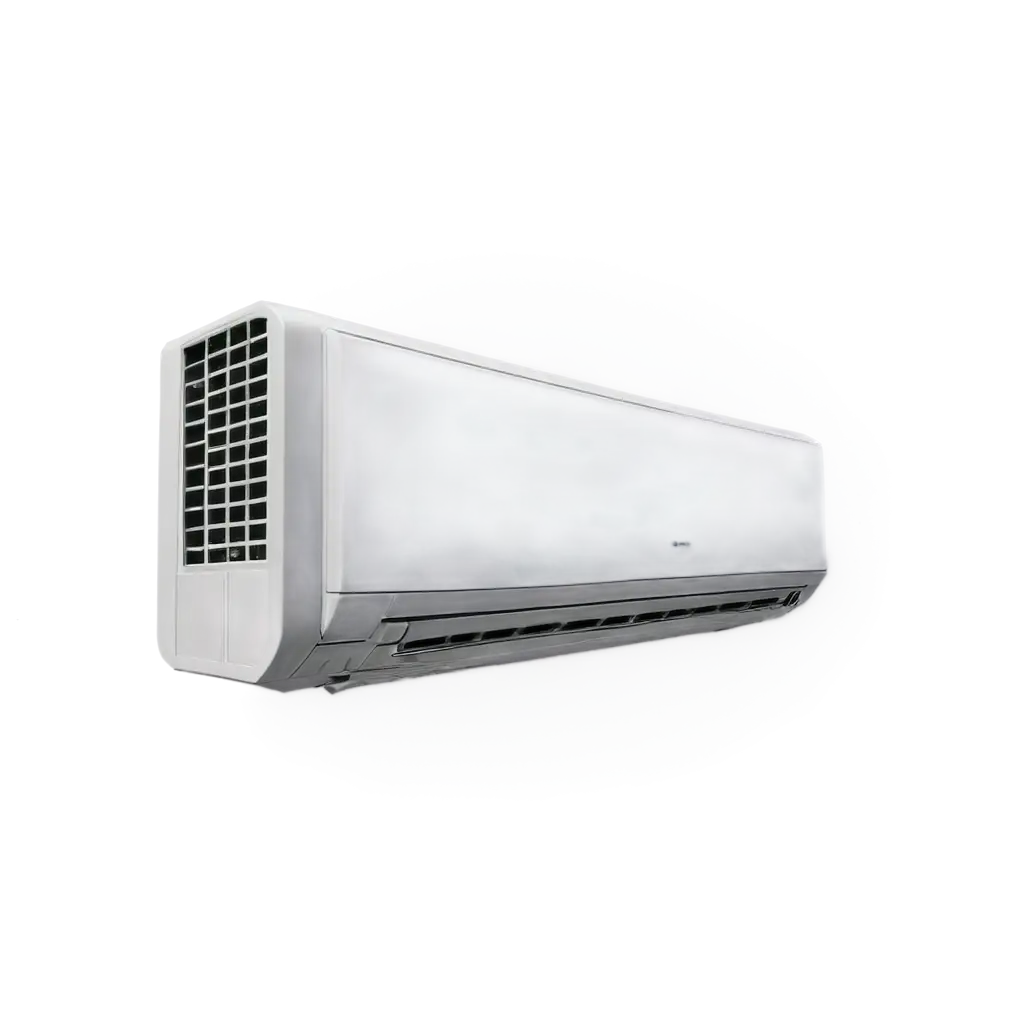


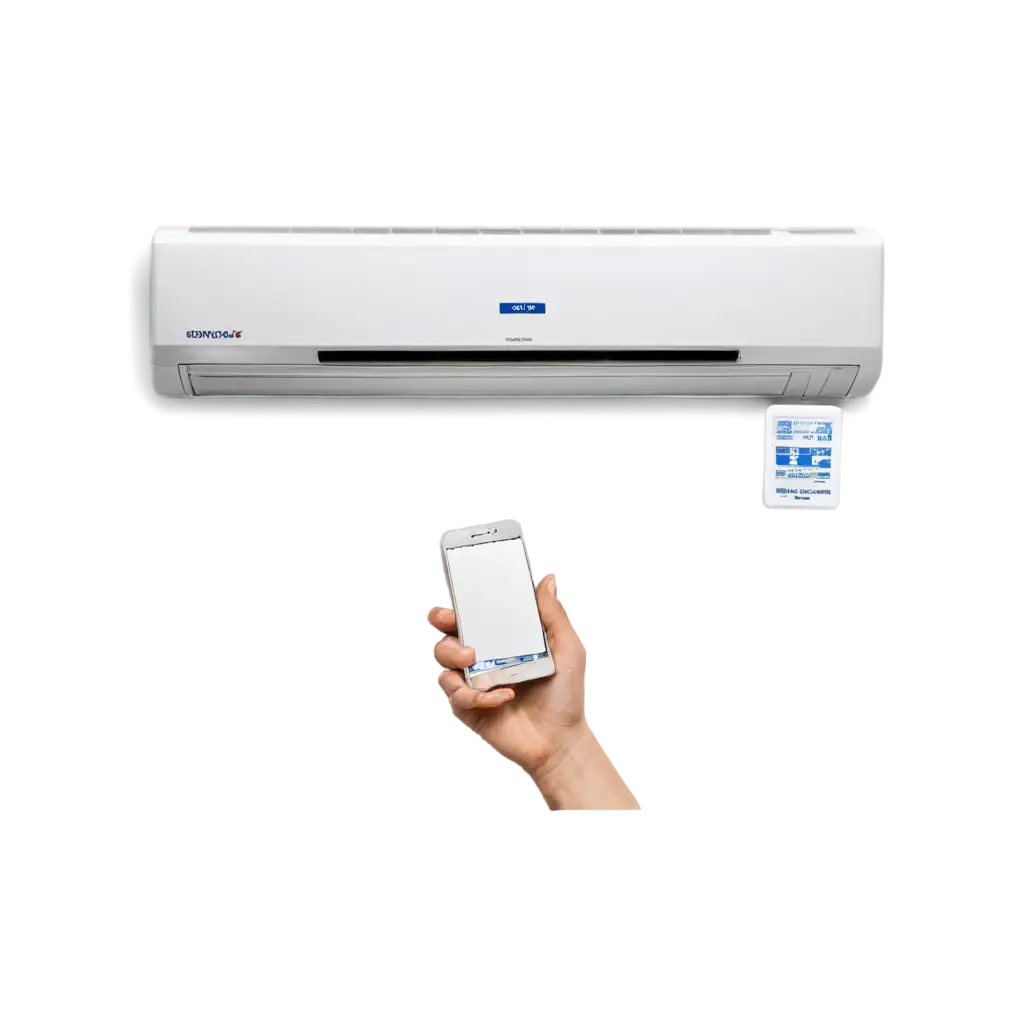
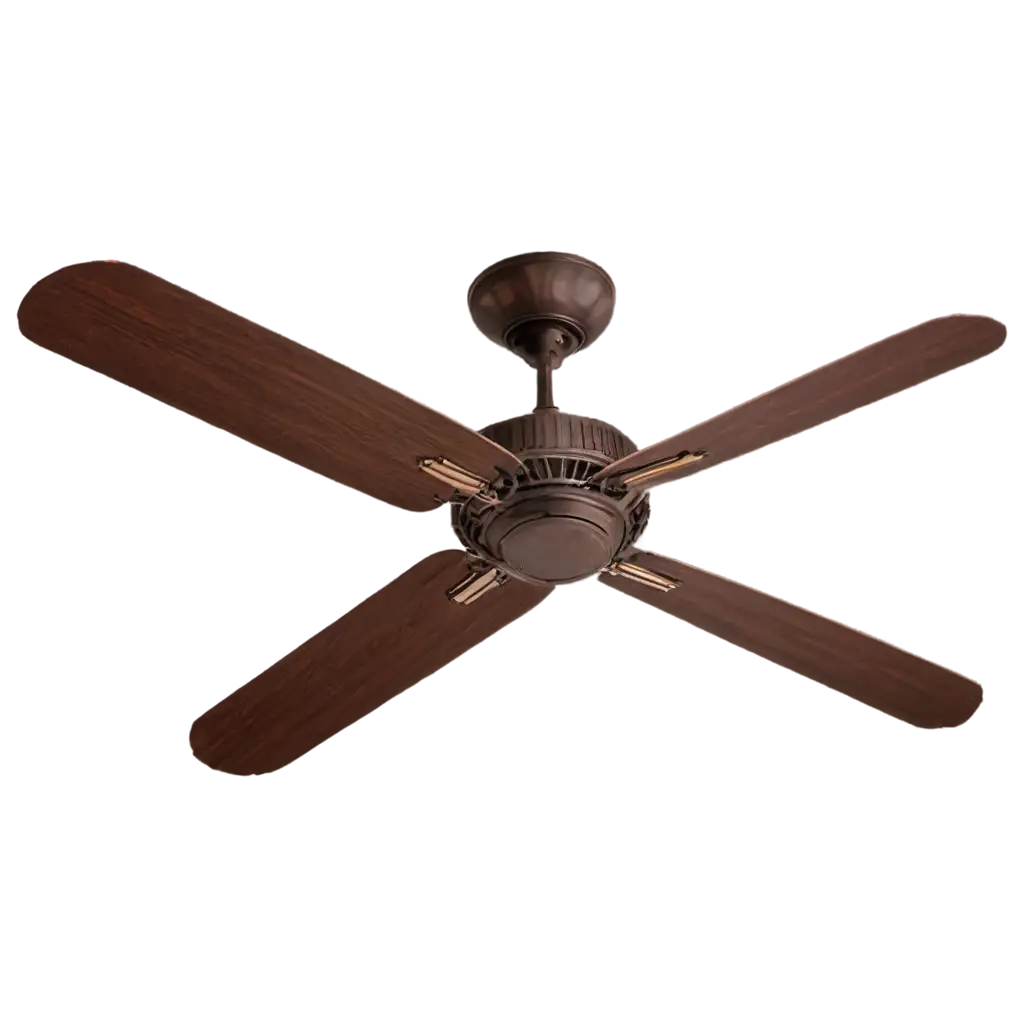
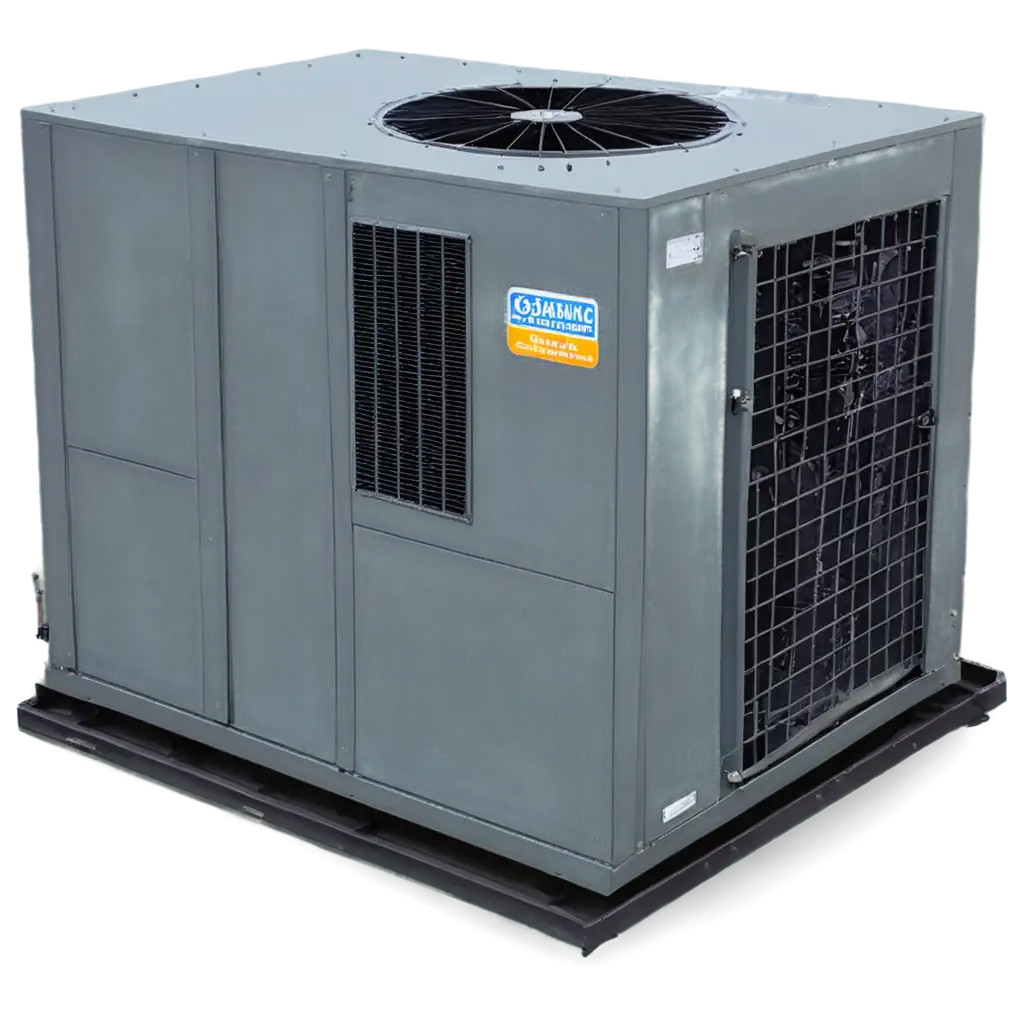
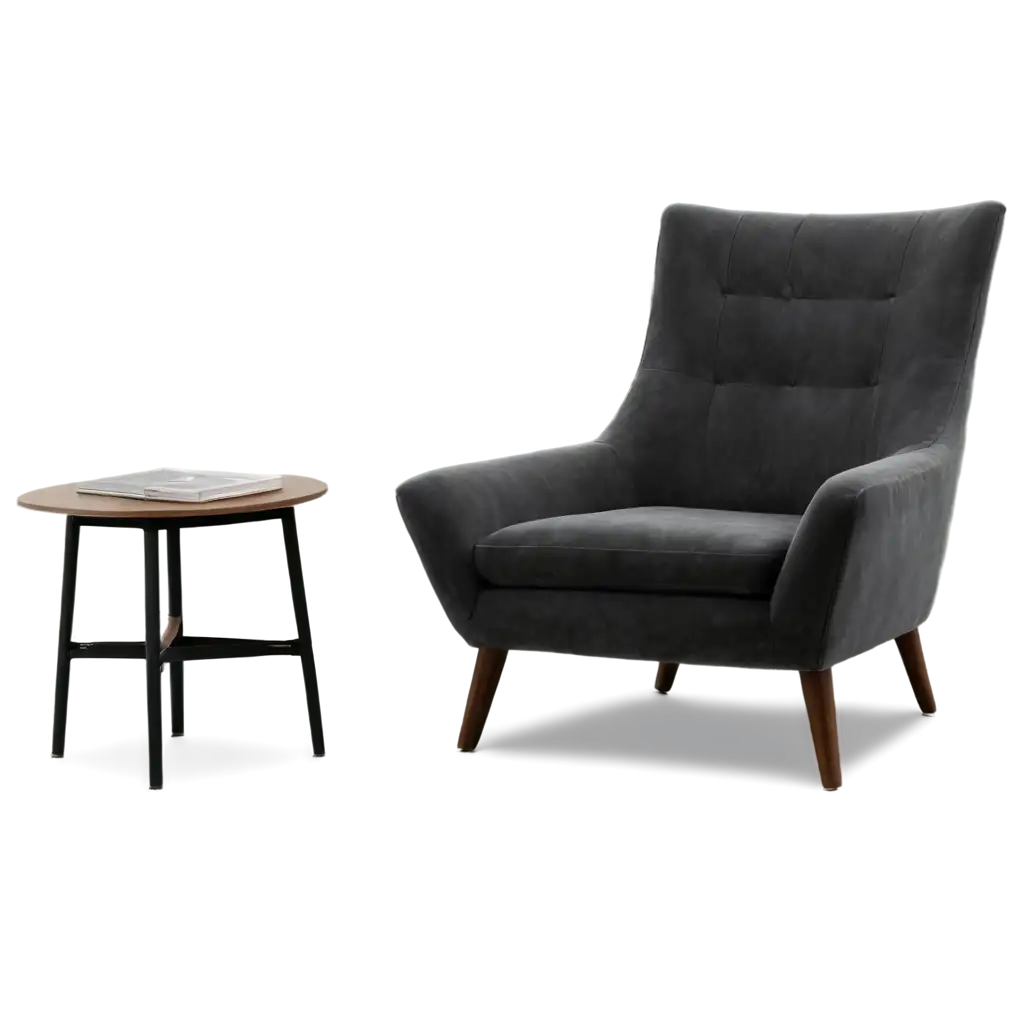
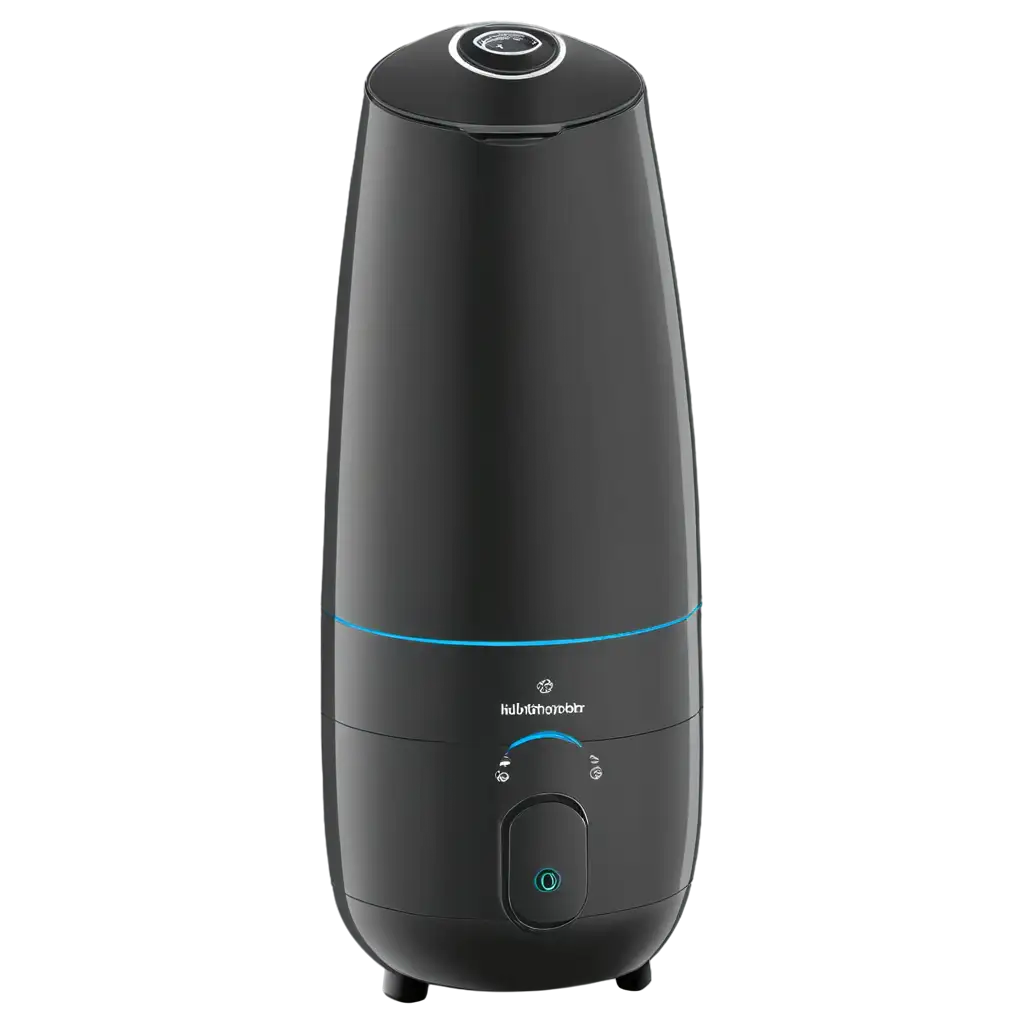

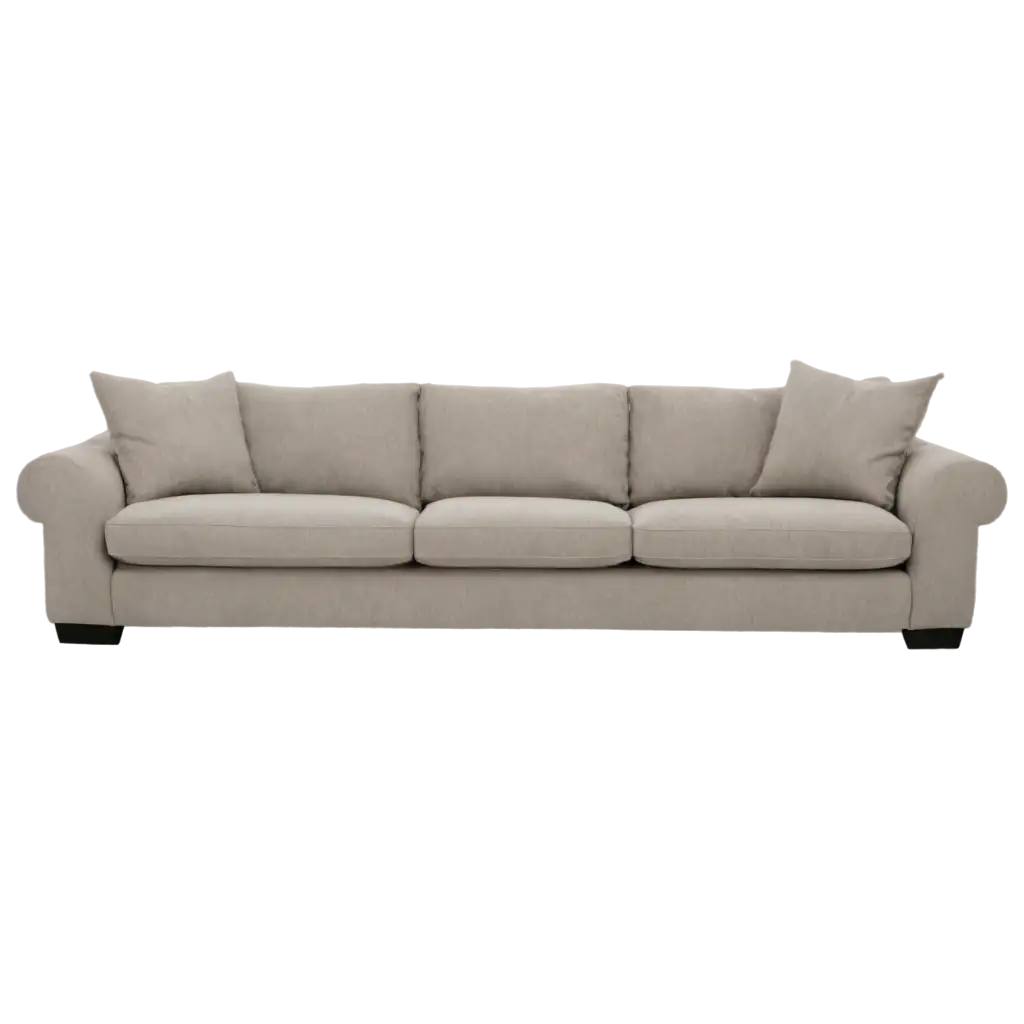



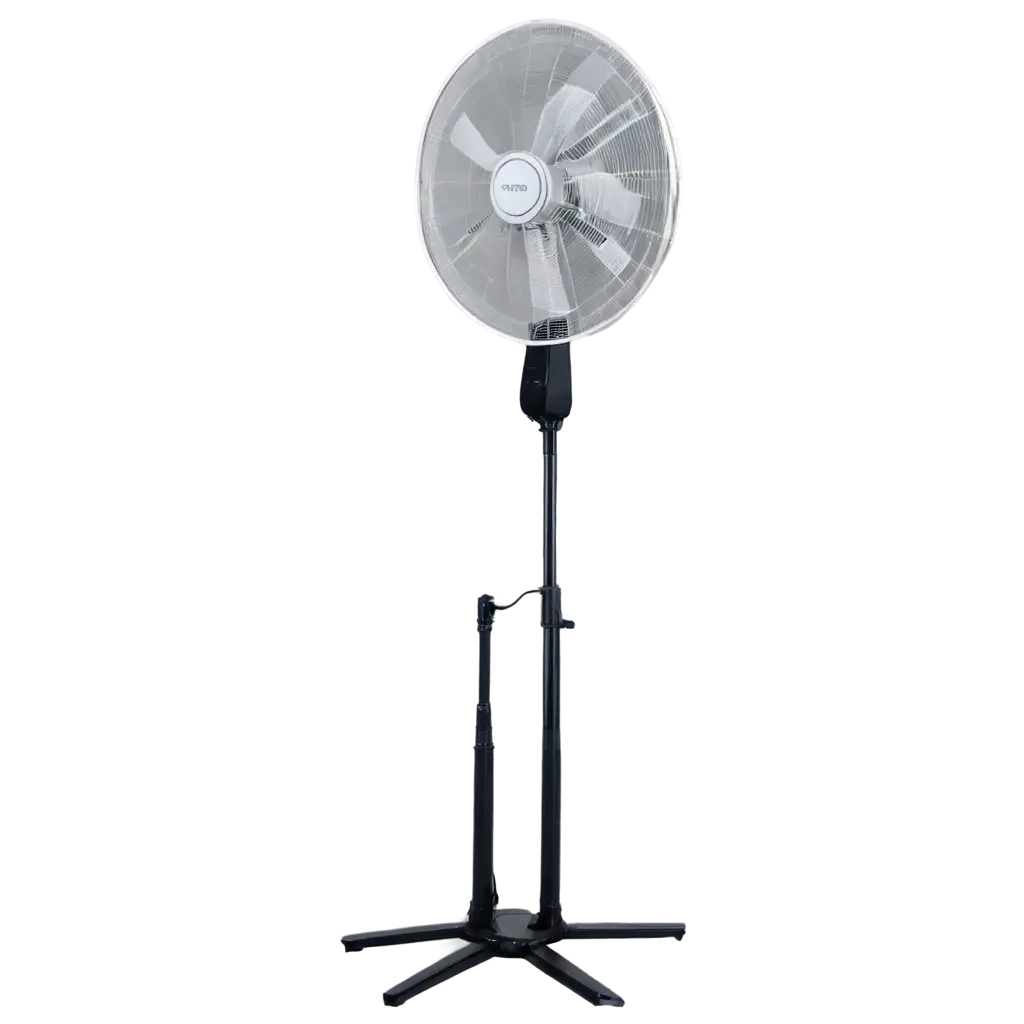



Related Tags
Indoor comfort encompasses various elements that contribute to a pleasant living or working environment. Key components include optimal temperature control, proper ventilation, appropriate lighting, and ergonomic furniture placement. Modern interior design emphasizes the balance between functionality and aesthetics, incorporating elements like natural materials, soft textures, and calming color palettes. The psychology of comfort plays a crucial role, with research showing that well-designed indoor spaces can significantly impact mental well-being, productivity, and overall life quality.
Creating Comfortable Indoor Spaces: Elements and Principles
The evolution of indoor comfort has been dramatically influenced by technological advancements. Smart home systems now offer automated climate control, adaptive lighting, and air quality monitoring. Contemporary innovations include self-adjusting thermostats, circadian rhythm lighting systems, and IoT-enabled furniture that adapts to user preferences. These technologies not only enhance comfort but also contribute to energy efficiency and sustainability. The integration of AI and machine learning has enabled predictive comfort systems that learn from occupant behavior and automatically adjust environmental parameters for optimal comfort levels.
Technology and Innovation in Indoor Comfort Solutions
Research increasingly shows the profound connection between indoor comfort and human health. Proper indoor environmental quality affects respiratory health, sleep patterns, and stress levels. Biophilic design principles, which incorporate natural elements into indoor spaces, have been shown to reduce anxiety and improve cognitive function. Ergonomic considerations in furniture and spatial design help prevent physical strain and promote better posture. The concept of 'healthy buildings' has emerged, emphasizing the importance of indoor air quality, natural light exposure, and acoustic comfort in supporting occupant health and well-being.
Designing for Well-being: The Impact of Indoor Comfort on Health
The future of indoor comfort is being shaped by emerging trends in sustainable design, smart technology, and human-centric approaches. Cutting-edge developments include self-cleaning surfaces, mood-responsive environments, and advanced material science applications in furniture and textiles. The COVID-19 pandemic has accelerated interest in touchless technologies and advanced air purification systems. Future trends point toward more personalized comfort solutions, with AI-powered systems that can create micro-environments tailored to individual preferences while maintaining energy efficiency. The integration of virtual and augmented reality is expected to revolutionize how we visualize and design comfortable indoor spaces.
Trends and Future Developments in Indoor Comfort